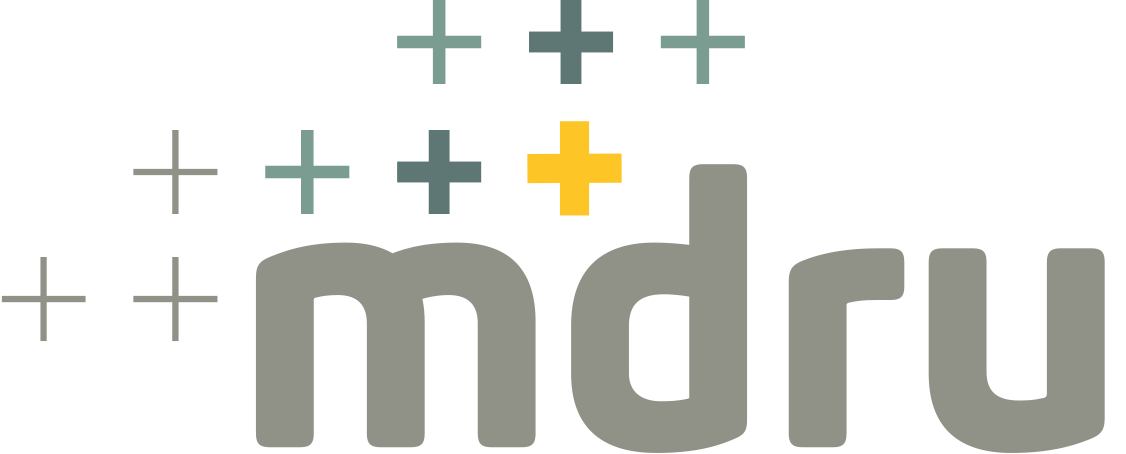Project Information
- Ore Deposit: Porphyry
- Commodity: Copper, Gold, Molybdenum
- Research Themes: Exploration Methods, Regional Metallogeny
- Location: British Columbia
- Project Status: Active
- Start Date: 2016
Lead (Pb) isotopes are a robust tool for identifying signatures of lithospheric and crustal controls on ore forming systems, and fingerprints of metal reservoirs.
This project's magma-to-ore approach assesses the Pb isotopic composition of various materials (whole rock, minerals, ore) from mineralized and unmineralized Cordilleran plutonic and ore systems to identify processes that may differentiate economically significant systems from similar, but unfertile, systems. The project builds upon an existing extensive Pb isotope database for BC and Yukon that has not been interrogated spatially or regionally.
Economically significant Mesozoic porphyry Cu±Mo±Au systems in BC have a wide range of associated magmatic rocks, oxidation states, metal types, and deposit sizes, and preferentially form in specific districts or belts in Quesnel and Stikine terranes. The source of the magmas, metals, and sulphur are tied to the metallogenic provinces in which they are found. Although geodynamic models have been proposed, there are sparse data that constrain the composition of the lithospheric melt sources and their subsequent modification during migration through the crust. Pb isotopes are recognized as a robust tool for identifying signatures of lithospheric and crustal controls on ore-forming systems, and fingerprints of metal reservoirs. Pb isotopes in melts are not modified by alteration, and therefore record the source magma composition and can be used to identify mixing trends.
This project’s melt-to-ore approach assesses the Pb isotopic composition of various materials (whole rock, minerals, ore) from mineralized and unmineralized Cordilleran plutonic and ore systems to identify processes that may differentiate economically significant systems from similar, but unfertile, systems. The project builds upon an existing extensive Pb isotope database for BC and Yukon that has not been interrogated spatially or regionally.
This project will utilize existing data and generate additional information from targeted whole rock, mineral and ore samples. The project will use Pb isotopes from ore and host rocks to improve our understanding of the sources and transport processes of metals and magmas preserved at the site of metal deposition. This project will bring forward and update the Leadfile (BCGS Paper 1988-2) with more recent data from publications and theses. With this new and improved dataset, GIS queries with respect to plutonic suites and metal tenor of the ore systems will determine temporal trends and spatial patterns that contribute to understanding the magmatic evolution of the Mesozoic arcs in BC.
The project will have several impacts:
- First project to establish isotopic provinciality of these BC ore systems;
- Constrain the source of melts for a range of similarly-aged mineralizing systems;
- Provide linkages between isotopic signatures and observable or interpretable characteristics of the plutons (alkalinity) or ore system (metal tenor, size);
- Results may provide a new fertility indicator or relationship to genetic features or to metal tenor or size of the ore deposits;
- Pb isotopic analyses are now commercially available and the data provided in this study will encourage explorers to be able to utilize this knowledge within contemporary exploration projects.



